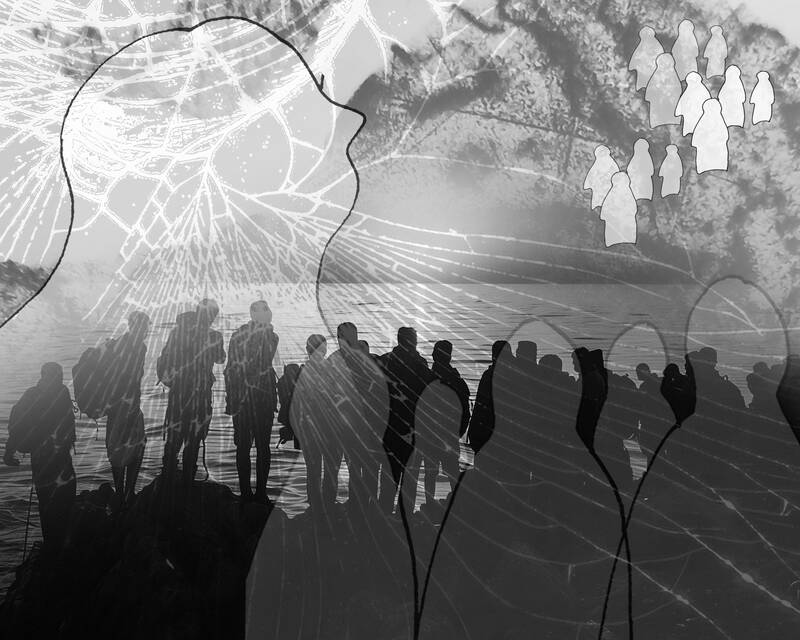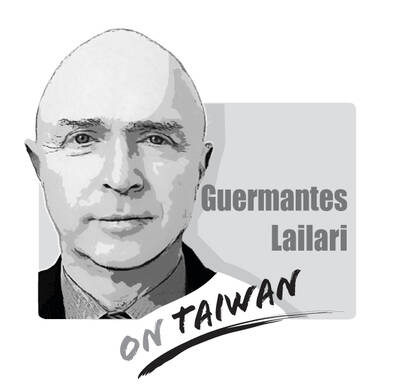Central and Eastern European (CEE) governments have long prided themselves on their tough migration policies. Over the past decades, many of the region’s political leaders have focused their efforts on curbing the flow of migrants and asylum seekers, contending that an influx of third-country nationals would undermine social stability, threaten cultural cohesion and even pose a security risk.
For example, in 2015, at the height of the EU’s migration crisis, the four Visegrad (V4) countries — the Czech Republic, Hungary, Poland and Slovakia — vehemently opposed the bloc’s refugee quota system, which aimed to share the burden by allocating a certain number of asylum seekers to each EU country based on population, GDP and other factors. Hungary and Slovakia were among the most vocal critics of the plan, arguing that mandatory quotas were an attack on national sovereignty.
To be sure, CEE countries – most notably, Poland and the Czech Republic – welcomed millions of Ukrainians driven out of their homes by the Russian invasion in 2022. But despite this generosity, V4 leaders have continued to take a tough line on migration. Hungarian Prime Minister Viktor Orban — a self-declared champion of Europe’s Christian values — promotes a vision of a homogeneous Hungarian society.

Illustration: Tania Chou
Hungary granted refugee status to only 10 people in 2022, earning a rebuke from the EU’s top court. In Slovakia, Prime Minister Robert Fico’s left-populist Smer-Social Democracy party won last year’s election by exploiting resentment against Ukrainian refugees. Moreover, the region recently stepped up efforts to stop illegal immigration through the Balkans by introducing stricter controls and deploying security forces to patrol borders.
A negative narrative about migrants has helped leaders such as Orban and Fico consolidate electoral support by playing on voters’ fears of otherness, economic anxiety and desire for stability in an unsettled world. However, that does not change the fact that the region is facing an acute shortage of skilled workers — a pressing issue on which politicians have remained largely silent.
Indeed, CEE countries are increasingly liberalizing their immigration rules and procedures to enable the entry and employment of foreigners. In January, Hungary, seeking to attract applicants from third countries, fast-tracked a new immigration law that introduces new short-term guest and skilled-worker visas. The interministerial effort was accompanied by new outsourcing contracts to improve the efficiency of visa processing in countries such as Oman, Qatar and Uzbekistan.
Hungary has little choice. With a rapidly aging population, severe labor shortages in the coming years would hamper the government’s ambition to become an electric-vehicle (EV) manufacturing hub and defense industrial base. In 2022, China’s CATL announced that it would build a 7.3 billion euro (US$7.9 billion) EV battery plant in Hungary, the largest such investment in Europe to date. Last year, China’s BYD shared its plans to open an EV factory in the country — its first in Europe. The German defense contractor Rheinmetall recently opened a new factory in the Hungarian city of Zalaegerszeg, while armored tactical vehicles are to be produced in the city of Gyor. All of these ventures will require sufficient human capital.
The Czech Republic has also sought to attract third-country nationals, including in September 2022, when it simplified the recruitment process for “critically needed” workers and improved oversight of working conditions for foreigners. Last summer, the country aligned its laws with the EU Blue Card Directive, which governs entry and residence conditions for highly qualified workers from third countries.
Meanwhile, in 2019, Poland made it easier for holders of temporary residence and work permits who are pursuing a profession deemed desirable for the Polish economy to acquire permanent residence.
Likewise, the number of foreign workers in Slovakia increased seven-fold from 2013 to 2022, with some manufacturers, such as the British automaker Jaguar Land Rover, relying heavily on workers from abroad. Many more of these workers are coming from farther away — such as India or Kazakhstan, rather than Serbia or Ukraine. Still, there are more than 80,000 long-term, unfilled vacancies, especially in the mechanical engineering, automotive, transport, healthcare and information technology sectors.
The labor shortage is likely to worsen: Demand for skills in the industries of the future is only increasing, at the same time as fertility rates are declining, and young people are leaving the region to pursue better opportunities elsewhere. To plug these competency gaps, CEE countries must continue to reform their immigration policies. Failure to do so could result in widespread economic pain, as they might miss out on new investments that could generate GDP growth and raise tax revenue.
The question is not whether immigration is good or bad, but how it can yield benefits for both destination countries and third-country workers. Policymakers’ primary goal should be to maximize the gains from immigration, which will require consulting with the private sector to continue identifying the skills that are needed.
Existing tools, such as the EU Blue Card, have been somewhat successful in addressing worker shortages, but would benefit from streamlining procedures and harmonizing criteria across the bloc’s member states. Moreover, introducing new global skills schemes — especially with non-EU countries — that address current and future labor-market needs could facilitate economic migration while reducing brain drain at home.
CEE governments’ performative hostility toward migrants cannot disguise their desperate need for foreign workers. Political leaders must now make a positive case for immigration — publicly and repeatedly — to convince their voters that all will gain from the economic benefits newcomers generate.
Sona Muzikarova, a political economist focused on Central and Eastern Europe and a research fellow at the European University Institute, is a former economist at the European Central Bank and a former senior adviser to Slovakia’s deputy minister of foreign affairs.
Copyright: Project Syndicate
Congratulations to China’s working class — they have officially entered the “Livestock Feed 2.0” era. While others are still researching how to achieve healthy and balanced diets, China has already evolved to the point where it does not matter whether you are actually eating food, as long as you can swallow it. There is no need for cooking, chewing or making decisions — just tear open a package, add some hot water and in a short three minutes you have something that can keep you alive for at least another six hours. This is not science fiction — it is reality.

A foreign colleague of mine asked me recently, “What is a safe distance from potential People’s Liberation Army (PLA) Rocket Force’s (PLARF) Taiwan targets?” This article will answer this question and help people living in Taiwan have a deeper understanding of the threat. Why is it important to understand PLA/PLARF targeting strategy? According to RAND analysis, the PLA’s “systems destruction warfare” focuses on crippling an adversary’s operational system by targeting its networks, especially leadership, command and control (C2) nodes, sensors, and information hubs. Admiral Samuel Paparo, commander of US Indo-Pacific Command, noted in his 15 May 2025 Sedona Forum keynote speech that, as
In a world increasingly defined by unpredictability, two actors stand out as islands of stability: Europe and Taiwan. One, a sprawling union of democracies, but under immense pressure, grappling with a geopolitical reality it was not originally designed for. The other, a vibrant, resilient democracy thriving as a technological global leader, but living under a growing existential threat. In response to rising uncertainties, they are both seeking resilience and learning to better position themselves. It is now time they recognize each other not just as partners of convenience, but as strategic and indispensable lifelines. The US, long seen as the anchor
Chinese Nationalist Party (KMT) Chairman Eric Chu (朱立倫) last week announced that the KMT was launching “Operation Patriot” in response to an unprecedented massive campaign to recall 31 KMT legislators. However, his action has also raised questions and doubts: Are these so-called “patriots” pledging allegiance to the country or to the party? While all KMT-proposed campaigns to recall Democratic Progressive Party (DPP) lawmakers have failed, and a growing number of local KMT chapter personnel have been indicted for allegedly forging petition signatures, media reports said that at least 26 recall motions against KMT legislators have passed the second signature threshold